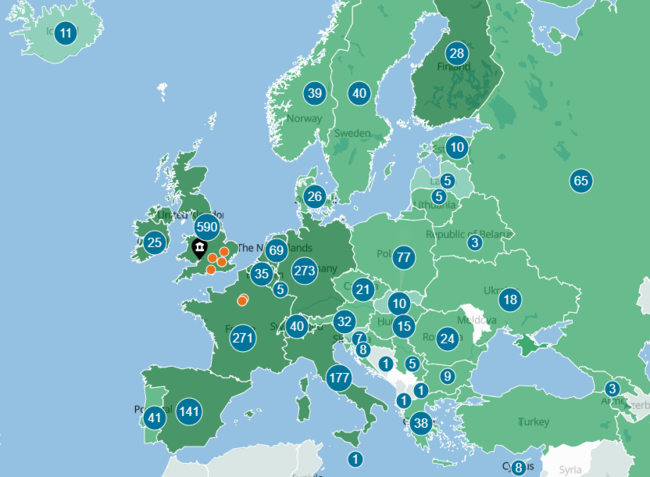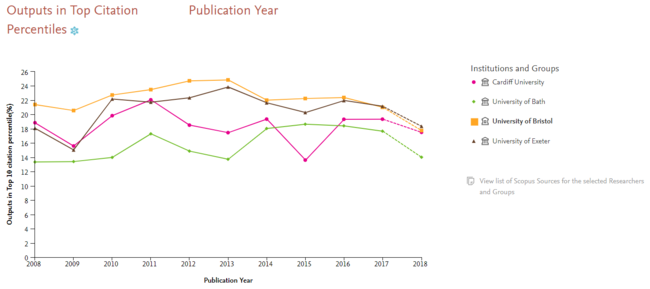Use cases
Find out more about the different ways in which metrics can be used, including deciding where to publish, finding collaborators, and benchmarking your research performance.
Research metrics can be used for many different purposes, including enhancing online profiles, deciding where to publish, and identifying potential collaborators. Whatever you use them for, remember to combine them with qualitative assessments, and use more than one indicator at a time to get the clearest picture.
Deciding where to publish
Ultimately, the choice of where to publish should be based on the journal's relevance to the research topic and the overall journal quality - for example, membership in the Committee on Publication Ethics. Metrics can provide additional information to this picture but should not drive the decision. Remember to assess journal quality as well, for example by using the ThinkCheckSubmit checklist.
Identifying collaborators
Use SciVal to find out who the key authors are in your field, which institutions publish most on a particular topic, and to explore existing and potential collaboration networks. Some of this information is available in Scopus as well, but you will get richer results in SciVal.

Number of European institutions (per country) collaborating with the University of Bristol, 2015-18. Source: SciVal
Benchmarking research performance
Use the ‘Benchmarking’ module in SciVal to track your/your research group’s performance and benchmark it against comparator individuals or groups. Make sure that your Scopus author profile is up to date to get accurate results (see Cleaning up your researcher profile for more information).

Comparison of GW4 outputs in top 10 citation percentile, field-weighted. Source: SciVal
